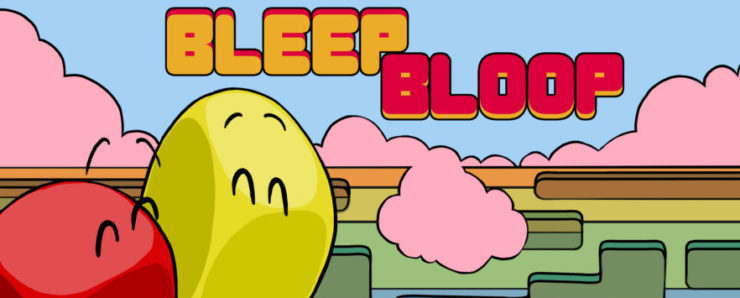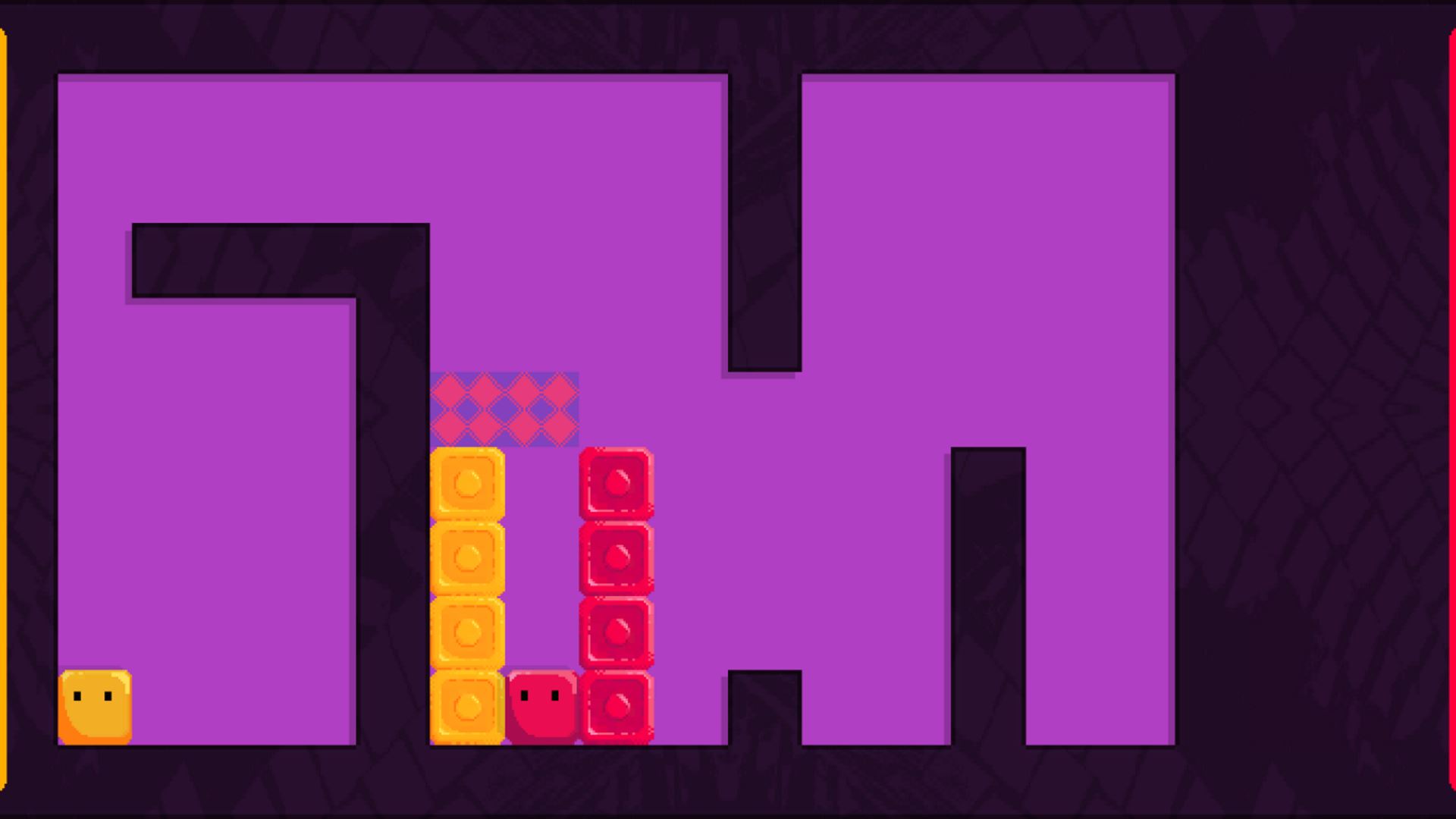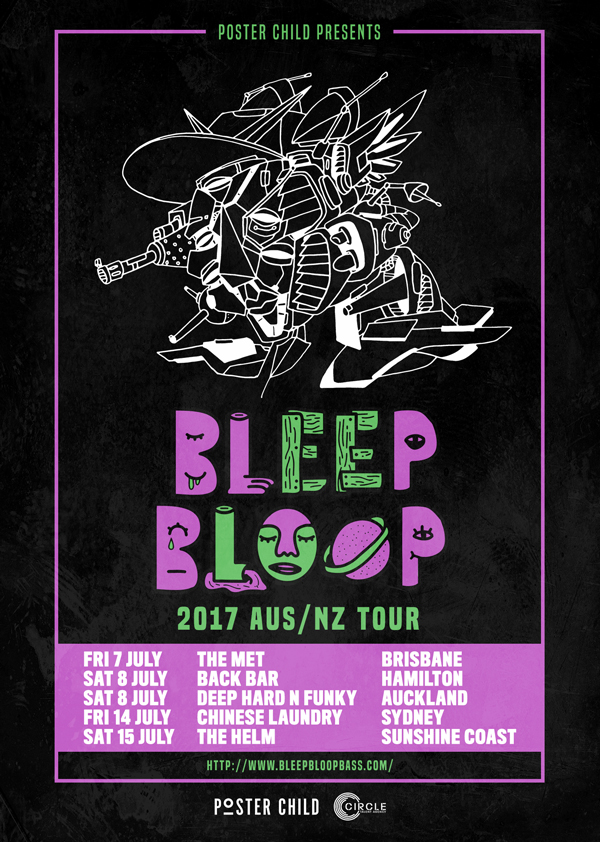

What I love the most about playing with the Neutron is the way it listens to itself, and makes me listen in new ways. The Neutron fits the physicality of my improvisatory style, honed in middle school and high school over hours of relentless electric guitar noodling, and, in this way, has shown me a new path to making electronic music. I could, of course, make a simulated instrument in Max/MSP that exhibits all these characteristics (and many more, because that program is basically limitless), but I don’t have the skills for that right now.
#Bleep bloop twiter Patch
The knobs have character and ‘give’ to them, the patch bay can get cluttered with wires, and I hear the Neutron’s sound respond, often unexpectedly, when I move my hands around the interface, experimenting with different combinations of effects and settings. Mediated through the computer screen, mouse, and keyboard, there is not as strong, if any, tactile connection between me and the sounds I’m creating, which is very different from all my experience playing instruments. I’ve written some fixed media pieces using DAWs (check out Mechanismus), and played around with Max/MSP and Supercollider, which are incredibly flexible, coding-based programs, but, in addition to being hard for me to learn, I get stuck with the physical abstraction of the experience. Chris and I did an interview with experimental bassist Gahlord Dewald a couple months after Djentdemic was premiered in February 2016, and I even admit I’m not sure if Djentdemic is an electronic piece at all (Gahlord even teases me on air for saying something so ridiculous!).

#Bleep bloop twiter software
When I wrote the first of these works, Djentdemic for percussionist Christopher Sies, a few years ago, I wasn’t really sure if it ‘counted’ as an electro-acoustic piece because there was no fancy software at play. If you look at my new Works List page, you’ll see that there are not many electronic pieces listed there, and most of them are for amplified acoustic instruments. Make sure to buy your tickets, join the event page, and accompany us on this empirical experience under the shade.I’ve always been very interested in electronic music but insecure about my abilities in the medium. Lucky for us, Bleep Bloop is heading to Shady Park for a headlining performance on Saturday, December 9 with SAYER. Plus, the fifth pupil emblem can be found on his new merch, so start shopping here. Find his face on hoodies, shirts, and other stuff. Everything is tailored to his character, and I’m not speaking figuratively here. Sick Graphics, Bruh – Honestly though, Bleep Bloop’s artwork is off the chain. Packed with parts from other bass-producing homies of his, he’ll leave you shaking’ in your shoes, quite literally at that.ĥ. Live performances – Just when you thought his sound couldn’t go any deeper, wait until you see one of his live performances. On Twitter, he’s always riling people up with expressions of his political opinions, take on the scene, and whatever else he’s feeling opinionated about these days.Ĥ. He’s Purely Entertaining – If you haven’t already, check out his socials. Surely, he’s proved that to us with his recent EP, “The Fifth Pupil.”ģ. Honestly, he’ll probably leave you considering your place in space. He’ll set your thoughts on fire with the click of a few buttons. – That’s right, Bleep Bloop is the king of it. For real, throughout his career he’s done collabs with G Jones, Protohype, Nasty Nasty, and plenty more of his bass bros, but he’s only getting started.Ģ. With Bleep Bloop, Expect the Unexpected – His sound is so unique that everyone’s trying to work with him.

Surely, we can’t get enough, so we’ve laid out 5 reasons that’ll leave you feeling just as fond of him as we are:ġ. Outer space bass bumpin’ Bleep Bloop is a perfect example of experimental bass, for his contributions to this approach on music are deeply rooted and bizarre. It tests which low-toned sounds fascinates the human ear.

Most recently, experimental bass has been hot, and for just that, being an experiment. What started as simple and straightforward sounds has evolved into an explosion of sub-genres that originated from the typical 16 count beat.


 0 kommentar(er)
0 kommentar(er)
